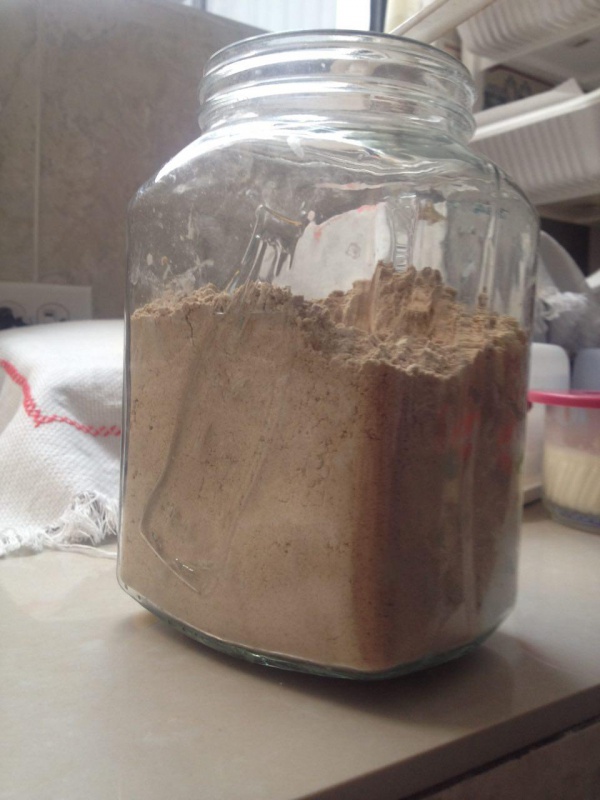Facts About Máchica
Máchica is a type of flour made from ground, toasted barley or other grains and is a staple in Bolivian, Ecuadorian, and Peruvian cuisine. The technique of toasting grains to enhance their nutritional value before grinding them into flour was introduced to the Andean region by Spanish colonists from Central America. In Ecuador, barley is typically used for máchica, distinguishing it from Mesoamerican pinole, which is made from toasted corn.
Máchica is incredibly versatile and features prominently in a variety of Andean dishes, such as:
- Chapo: A herbal tea decoction.
- Colada de máchica: A drink made by mixing máchica with liquid.
- Nogadas: A nougat confection.
- Pan de máchica: Bread baked with máchica.
- Pinol: A beverage.
- Sopa con máchica: Soups or stews thickened with máchica.
- Torta de máchica: Cake.
- Batter or seasoning: For fried meats.
It’s also used in hot chocolate, cold juice, ice cream, and even in stroopwafels (Dutch cookies made in Peru). In some indigenous communities, máchica is used to prepare cuy, a traditional meat dish.
Nutritionally, 100 grams of barley máchica contain 344 calories, 8.6 grams of protein, 0.7 grams of fat, 77.4 grams of carbohydrates, 6.6 grams of fiber, and various vitamins and minerals. Wheat-based máchica has slightly different nutritional profiles. In Peru, máchica often comes from toasted corn flour mixed with sugar and cinnamon, making it similar to Central American pinole and Ecuadorian pinol. Wheat flour variations of máchica are also found in Peru and Bolivia.

 Peru
Peru